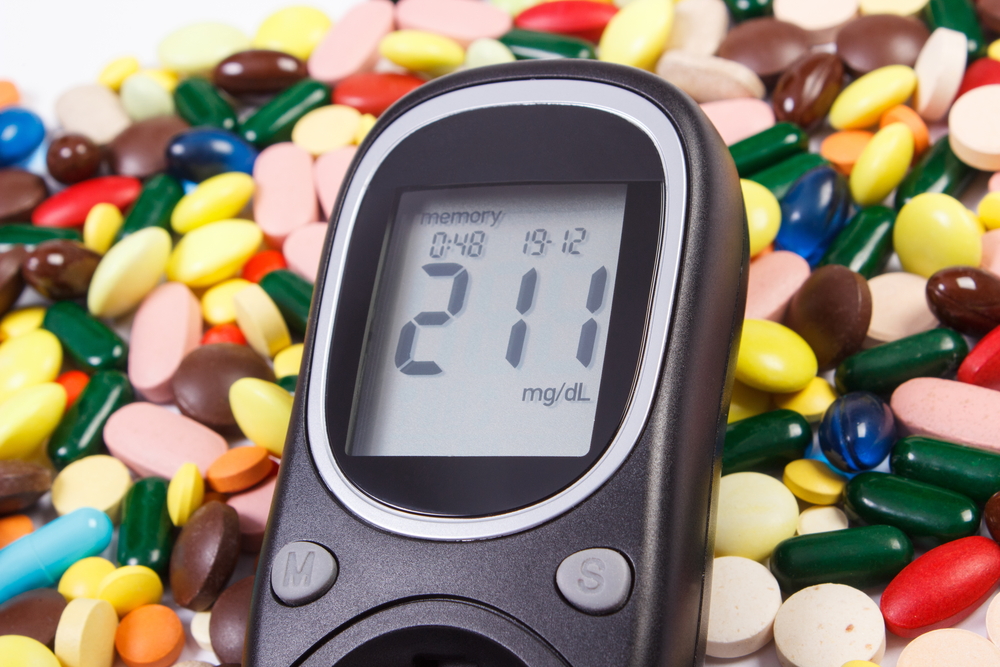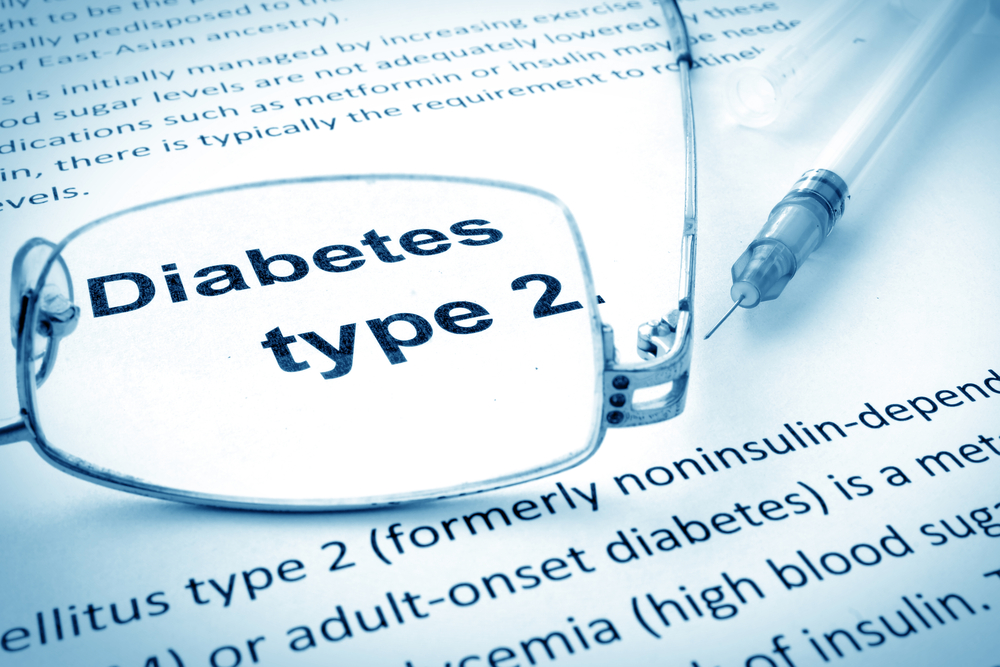Management of type II diabetes is not an easy process and can become progressively harder to manage as the condition changes over the time. When you have successfully crossed the initial stages of type II diabetes, there is a great ongoing in keeping up to date with the latest knowledge related to the problem.
This document is designed for this specifically purpose to let you aware about Type 2 Diabetes. You may have heard a lot of different and sometimes conflicting things about type II diabetes and its effects on people, which can be confusing. It is important to get the correct information from a trusted source, so here are some of the facts which can be helpful for you.

Type 2 diabetes is the most common type of diabetes mellitus and affecting about 85 to 90% of all the people with diabetes. It can happen at any age but is more common among obese people who are carrying excess kilograms on their waistline and aged over 40 years. Some risk factors of this problem can be corrected and minimized by making some lifestyle changes, but others are out of your control.
Also Read: Boost your Brain by Having Cognitive Enhancers
A balanced diet and regular physical activity are the primary requirements for a progressive condition like type II diabetes. However, over time pills and insulin may be used to manage rising blood glucose levels. Always take diabetes medications after consulting with your physician.
The aim of type II diabetes treatment is to maintain glucose in the recommended range. It is also essential to maintain blood pressure level and cholesterol levels. A majority of people had diabetes mellitus for months or even years before they find out and when find they have already developed problems.
Some of the overlooked symptoms of Diabetes are given below:
- Slow healing sores and wounds
- Blurred vision
- Feeling tired
- Unquenchable thirst
- Dry and itchy skin
- Passing urine more frequently
- Frequent infections
- Burning sensation in feet and legs
- Cramps or tingling in feet or legs
Risk factors for Diabetes that cannot be changed
- Family background of type II diabetes
- Increasing age over 40 years
- Ethnicity
- Gestational diabetes mellitus
- Women with polycystic ovarian syndrome
Risk factors that can be changed
- Alcohol consumption
- High cholesterol of physical activity
- Smoking
- Type of food we eat
Preventing Type II Diabetes
Individuals who are at high risk of type II diabetes can delay and, in some cases, even prevent developing diabetes mellitus by adopting necessary lifestyle changes. These healthy changes may include making healthy food choices, maintaining a healthy weight and regular exercise. Once you have been diagnosed with type II diabetes, there is no cure, but if your condition is well managed, you can continue to lead a healthy life. Some recent studies have been demonstrated that losing weight and keeping it off in some cases can slow down the progression of type II diabetes.
Managing Type II Diabetes
The condition can be well managed by adopting habits like healthy eating and regular physical activity. Over the time, according to your health condition, you may also require glucose lowering medications. These medications can either be prescribed to you in the form of tablets or injections. As the problem progresses, some individuals will need insulin injections to help maintain their blood sugar level in the suggested range. It is very important to look after your condition for good health as well as to prevent further complication associated with diabetes, such as kidney impairment, damage to the eyes, nerves, and blood vessel damage.
Diagnosis of Type II Diabetes
There are three ways of diagnosing type II diabetes, and these are as follows:
- A blood glucose test which needs to be analyzed by a pathology lab. This may be done either empty stomach or after having breakfast.
- An oral glucose tolerance test, which should be performed at health care center. You will go to have a fasting blood glucose test first; then you will be given a sugary drink and have your blood glucose levels tested two hours after this.
Also Read: What do we really know about Contraception?: Unleashing 7 Surprising Facts and Myths.
- A hemoglobin test which shows your average blood glucose level over the last 10-12 weeks. It should also be performed by an expert in his/her place. Fasting is not needed while testing your average blood glucose level.




